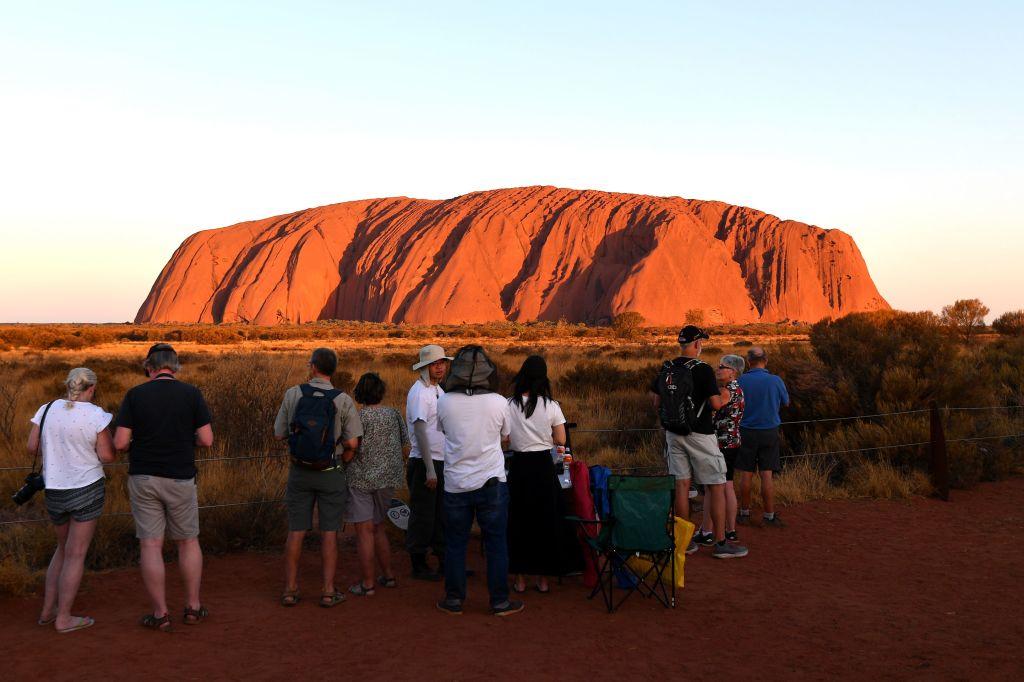Travel into Australia has nearly reached 80 percent of pre-pandemic levels, according to Tourism Minister Don Farrell.
International interest for a holiday Down Under has grown over the past year with the number of people searching for flights to Australia increasing 10 percent, compared to 2019.




